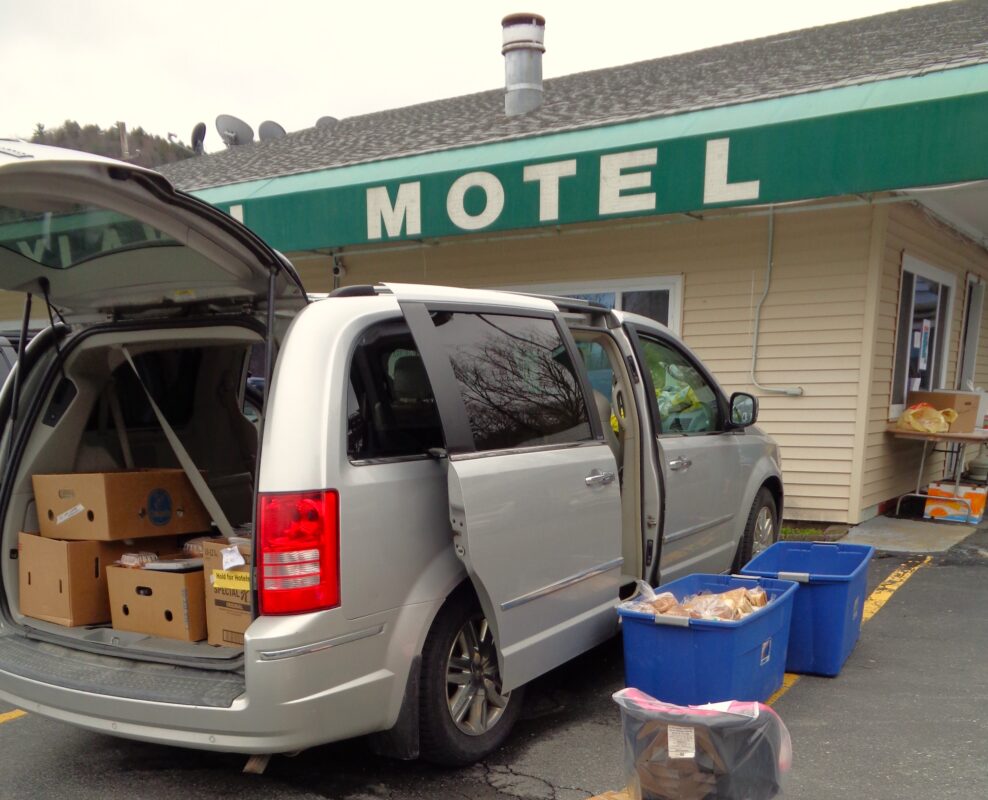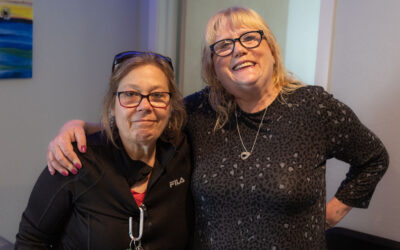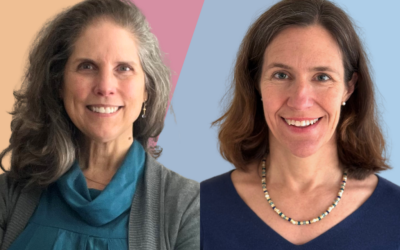
During COVID, the State of Vermont used federal funds to provide shelter to anyone who needed it as a public health measure, reducing the risk of exposure, illness, and death. At its peak over 2,000 households were enrolled. While there were challenges to this program, it was an effective public health response. The number of households was a significant increase from the pre-pandemic numbers. The program pointed to the hidden numbers of people who were housing insecure and needing a place to stay when the state’s shelters, including those operated by the Haven, were full.
Fast forward to this year, the federal funds are no longer available. Vermont is facing significant challenges in its budget with multiple social needs to address with local tax dollars. To control the program expense, the Governor and legislature determined that the program needed to be scaled back. Eligibility would be tightened to reduce the numbers. The number of nights that eligible households can access is now capped at 80 nights annually outside of winter months. The cap on the number of motel rooms was set at 1100 at a time when 1400 eligible households were still in the motels. All fine on paper, but what’s the impact on human lives?
This is now playing out in real time as 230 households reached their 80-night cap and had to leave the motels. This included families with children and people with chronic health conditions. The Department for Children and Families anticipates more than 400 additional households will reach their 80th night by mid-October.
As Carly Berlin has been recently reporting in VTDigger, “the emergency housing program is primed to largely empty out this fall, before eligibility loosens back up during the winter months, beginning Dec. 1.”
We see the impact of these regulation changes in the Upper Valley. While there were about 65 households using the emergency motel program in August, in the most recent report, the number was 35. The Haven’s Byrne Family Shelter will welcome three new households who are currently living outside or losing their motel voucher. Chelsea Wilson a Haven Service Coordinator whose work focuses on the households participating in the emergency housing motel program said, “I’m greatly concerned about the people I’ve met through this program especially those who are most vulnerable and without other community or family resources. They don’t know what they’re going to do when their time in the program expires. It’s very scary. I have one client who is elderly and uses oxygen. She can’t live outside. The Haven shelters are at capacity. Sometimes, a family will come up with a plan at the last minute, but not often. Staying with a family member is typically a lease violation too so it places them in a challenging situation. Most of my clients don’t have a car so using it for sleeping isn’t an option. The weather’s getting colder too. I worry a lot.”
The problem of increased homelessness will only be solved by more affordable housing and expanded interim housing solutions including more shelter beds. We are fortunate that ARPA relief funding included significant expansion of new affordable housing. Our partner Twin Pines Housing Trust, is adding 100 units of new, affordable housing in the Upper Valley this year, with 30 units targeted to people who are unhoused. And the Haven plans to break ground on a new low-barrier shelter next spring to add 20 beds available to adults without other options (see other articles about both projects in this enews.)

